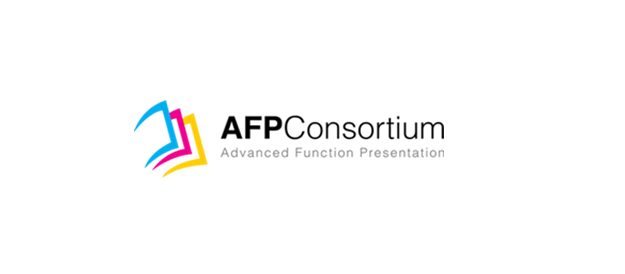Xplor President/CEO Skip Henk Interviews Harry Lewis, President of the AFP Consortium
Most everyone in the Xplor Community is familiar with AFP (advanced function presentation) and the impact it has had on our industry over the years. But AFP has come a long way since 1984 when it was first introduced. Most recently, it reached a very important milestone announced in January by the AFP Consortium.
Just a bit of background as to how the consortium came to be:
In October 2004 IBM initiated the formation of the AFP Color Consortium (AFPCC). The purpose was to collaboratively develop color management support in the AFP architecture. This resulted in the creation of the new AFP CMOCA (Color Management Object Content Architecture) specification which was first published in 2006.
In May 2006 IBM announced plans to open up the complete scope of the AFP architecture to the consortium. The new initiative was finalized in February 2009 with incorporation of the AFP Consortium (AFPC).
Today I have the pleasure of speaking with Harry Lewis, president of the Advanced Function Presentation Consortium (AFPC), to get an idea of what the AFPC has been up to for the last several years.
Skip: Harry, thank you for taking the time to talk about the work of the AFPC.
Harry: Skip, certainly, it’s my pleasure.
Skip: Since IBM’s announcement in February 2009, could you share with our readers how the AFPC has evolved and what initiatives they have undertaken?
Harry: As you well know, the print industry, and especially the digital printing industry, is constantly changing. The consortium has been hard at work helping AFP’s end users stay ahead of the game, making big strides on key issues, such as reaching agreement on a standard interchange set (IS/3), continuing to enhance color support, and defining a metadata framework to support tagging at the print file and object level. We defined a subset of AFP for archiving, of which metadata is a key component. Recently, this AFP archive (AFP/A) subset achieved ISO certification, which is essential for end users who want a high degree of confidence when creating searchable, reliable archives, whether to meet their internal needs or to satisfy externally mandated compliance.
Skip: What does ISO certification mean for AFP and its users?
Harry: ISO certification provides a level of assurance to AFP’s end users that the Archive standard brings the levels of data fidelity and efficiency they’ve come to expect from AFP, and, in cases of maintaining regulatory compliance, it gives them something to point to that indicates their archive format is recognized and accepted around the globe.
Skip: So what is next for the AFPC?
Harry: Commercial variable data has been a growing segment of AFP’s user base for a while, and, with the commercial space evolving as rapidly as it is, we intend to track and adapt to those changes to help ensure AFP users are able to meet their – and their customers’ – needs effectively, efficiently and reliably.
Skip: How can companies get involved in the AFPC?
Harry: If a company develops or sells an AFP hardware or software product, tool set or service, they may be eligible for membership. They can request further information through the Membership Information widget on our website, afpcinc.org.
Skip: Harry, I would like to thank you for taking the time to speak with me today. For our readers, you can find out more about the great work of the AFPC and its numerous standards, by visiting http://afpcinc.org/afp-publications/.
About the AFPC
The AFP Consortium is an international open standards body consisting of 33 companies committed to the continued development of the AFP architecture. Since 2004, the AFPC has developed open standards for accurate and consistent ICC-based color management, high-speed complex text, page group recovery within high-volume production, the IS/3 interchange set for compliance, and metadata support for AFP Archive and future applications, such as accessibility features. The AFPC will continue in its role to grow and maintain the complete set of AFP architecture.
To see a full list of the Consortium’s members and learn more about the AFP Consortium and the new IS/3 AFP interchange set, visit the AFPC website http://www.afpcinc.org.
Until Next interview! Take care.

Skip Henk, EDP
President/CEO
Xplor International
